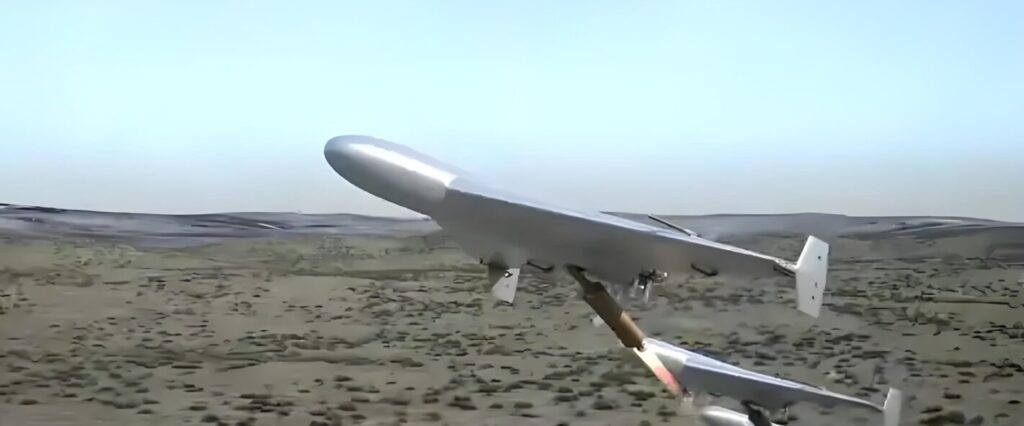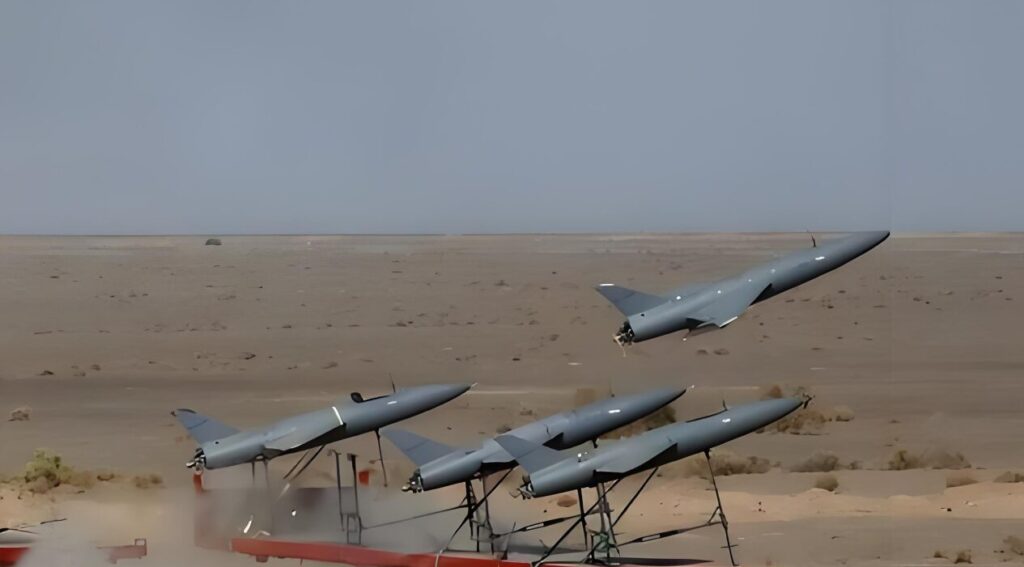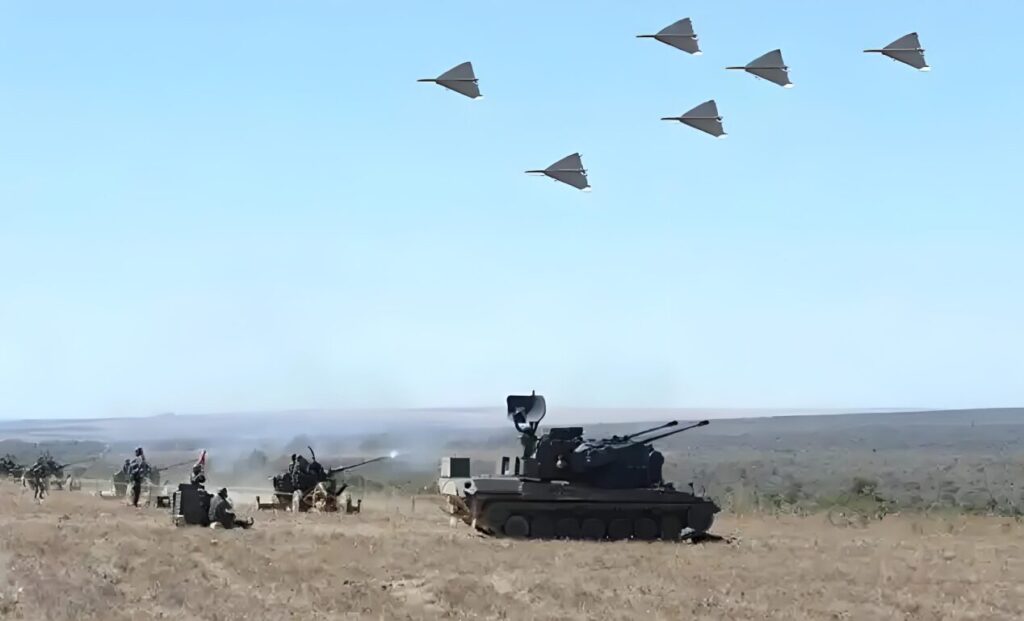The distinctive silhouette of the delta-wing suicide drone is rapidly becoming a defining feature of contemporary battlefields. Merging the roles of a precision-guided missile and an agile unmanned aerial vehicle (UAV), this cost-effective, single-use weapon system is proving to be a versatile and disruptive tool in both offensive and defensive operations.
Design: Engineered for Stealth and Strike
The delta-wing configuration provides inherent advantages crucial for modern combat:
Low Observability: The flat, angular shape significantly reduces radar cross-section (RCS) and infrared signature, enabling the drone to penetrate defenses with a higher probability of evading detection.
Lightweight & Swift: Constructed primarily from lightweight composites, these drones are easily transportable by individual soldiers or light vehicles. This allows for rapid deployment and grants them considerable range and speed even with compact propulsion systems.
Loitering Precision: Functioning as “loitering munitions,” they can patrol a designated area for extended periods, using onboard sensors for target acquisition. Once a target is confirmed, the drone executes a terminal dive, transforming into a guided missile. Their warheads are potent enough to neutralize armored vehicles, fortified positions, or personnel concentrations with high accuracy.

Offensive Capabilities: The Scalpel of Asymmetric Warfare
Delta-wing suicide drones offer unprecedented tactical flexibility for attackers:
Precision Elimination: They excel at neutralizing high-value, elusive threats – concealed snipers, heavy machine gun nests, or temporary command posts – that are difficult and costly to target with conventional artillery or airstrikes, thereby minimizing operator risk.
Armor Vulnerability Exploitation: Their low-altitude, near-silent approach allows them to bypass an armored vehicle’s strongest frontal armor, targeting vulnerable top or rear sections during a steep dive attack. This poses a significant asymmetric threat to armored formations.
Deep Strike & Disruption: With operational ranges often exceeding 40 kilometers, these drones can reach deep behind enemy lines to strike critical infrastructure nodes like communication centers, ammunition depots, and logistical convoys. This capability effectively disrupts enemy command and sustainment networks at a fraction of the cost of cruise missiles or manned aircraft missions.
Defensive Applications: The Economical Aerial Shield
These drones are equally transformative in defensive roles:
Active Air Defense / Counter-UAS: Deployed in swarms or as autonomous interceptors, delta-wing suicide drones offer a relatively low-cost solution for engaging incoming threats like hostile drones, helicopters, or even low-flying cruise missiles. They physically collide with the target (kamikaze-style), creating a dynamic, layered defensive screen.
Counter-Drone Vanguard: Their speed and maneuverability make them particularly effective against the proliferating threat of small, low-altitude, and slow-moving (LSS) reconnaissance or attack drones, filling a critical gap where traditional air defense systems are often too expensive or ineffective.
Persistent Surveillance & Deterrence: Patrolling above friendly lines or key approaches, these drones provide persistent surveillance. Upon detecting enemy infiltration teams or light vehicles, they can rapidly transition to an attack role. Their constant presence acts as a powerful psychological deterrent, complicating enemy maneuver and reconnaissance efforts.
The Cycle of Innovation: Challenge and Response
The proliferation of delta-wing suicide drones is accelerating the development of countermeasures. Enhanced low-altitude radar, sophisticated electronic warfare (EW) systems for jamming their guidance, and directed energy weapons (DEWs) like lasers and microwaves are being rapidly fielded to counter this accessible yet potent threat. This ongoing cycle of attack and defense innovation continuously reshapes the technological landscape of warfare.

Conclusion
Delta-wing suicide drones represent a significant evolution in munitions, blurring the lines between missiles and UAVs. Their “find-and-strike” capability delivers precision effects on demand, fundamentally altering the offense-defense balance. Serving both as an infantryman’s personal “precision strike tool” and as a cost-efficient “aerial sentinel” for defense, the tactical impact of the delta-wing suicide drone is undeniable. As technology advances and operational concepts mature, their role in shaping the future battlefield will only become more pronounced.


